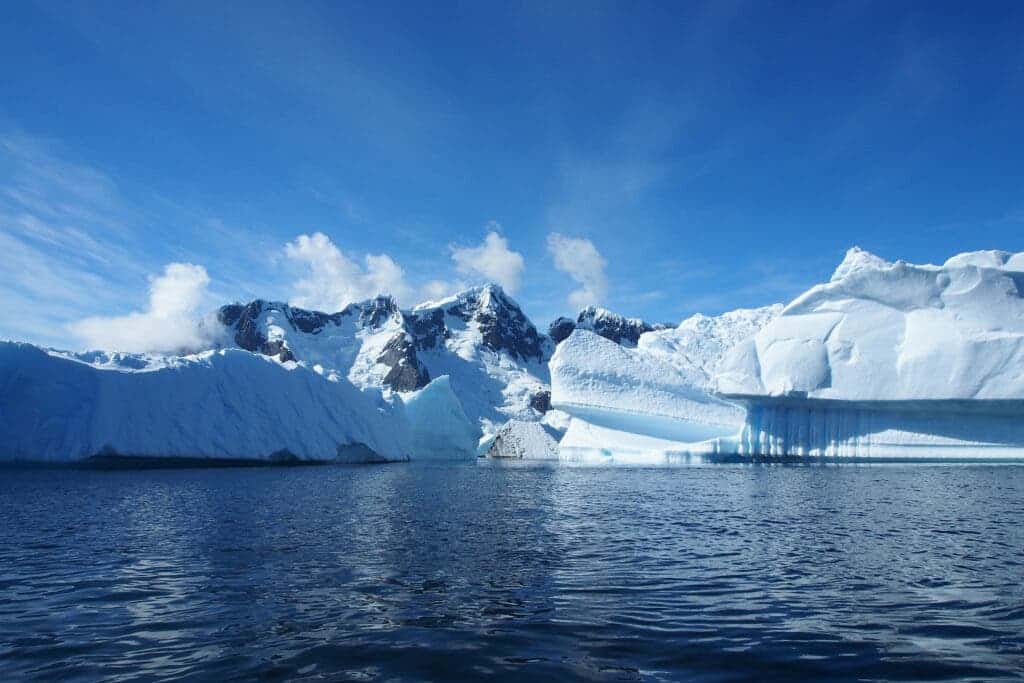They are in opposite seasons, but the Arctic and Antarctica are both experiencing a “unthinkable” heatwaves. Records were broken in several parts of Antarctica, with temperatures more than 40ºC warmer than average, while in some areas of the Arctic temperatures were 30ºC higher than normal.

The Concordia weather station in Antarctica was -12.2ºC on Saturday, which is cold, but not nearly as cold as it normally is. The about 40ºC above average, while the higher Vostok station had -17.7ºC, beating its all-time record by 15ºC, according to extreme weather record tracker Maximiliano Herrera. At the coastal Terra Nova base, temperatures were above freezing at 7ºC last week — shockingly hot.
The heatwave has shocked scientists, describing it as “impossible” and “unthinkable.” Researcher Stefano Di Battista wrote on Twitter that “Antarctic climatology has been rewritten,” and the Potsdam Institute mentioned “unprecedented” heating. Researchers have so far stopped short of claiming a direct link with climate change, but if it happens repeatedly then it could be bad news for the polar areas.
“And there it is, Concordia broke its all time record temperature. This is when temperatures should be rapidly falling since the summer solstice in December. This is a Pacific Northwest 2021 heat wave kind of event. Never supposed to happen,” Jonathan Willie, a researcher studying polar meteorology, wrote on his Twitter account.
The news was first reported by The Washington Post. Meteorologists Matthew Lazzara and Linda Keller told The Post that the high temperatures are particularly striking since March is the beginning of Autumn in Antarctica, rather than January when there’s more sunlight. Antarctica loses 25 minutes of sunlight each day at this time of the year, they added.
Extraordinary anomalies in #Antarctica lead to historic records today:
-Vostok 3489m -17.7C,monthly record beaten by nearly 15C !
-Concordia 3234m -12.2C,highest Temp. on records and about 40C above average !
-Dome C II 3250m -10.1C
-D-47 1560m -3.3C
-Terra Nova Base 74S +7.0C pic.twitter.com/w6Ry4Dy4wz— Extreme Temperatures Around The World (@extremetemps) March 18, 2022
Heating up fast
As a whole, the Antarctic continent was on Friday 4.8ºC warmer than a baseline between 1979 and 2000, according to the University of Marine’s Climate Reanalyzer. At the same time, on Friday the Arctic as a whole was 3.3ºC warmer than the 1979 to 2000 average. By comparison, the world has only warmed 0.6ºC on average in the same period.
Warm conditions were likely caused by an extreme atmospheric event. There was also intense rainfall in Antarctica, facilitating the spread of moisture over the interior of the continent. Simultaneously, a strong blocking high-pressure system, known as a heat dome, moved in over East Antarctica and prevented the moisture from escaping, causing high temperatures.
The polar regions are being increasingly impacted by climate change, with sea ice reducing dramatically. Satellite images last month showed sea ice around Antarctica reached a record low in four decades of observations. Ice-covered 750,000 square miles around the Antarctic coast, below the previous record of 815,000 from 2017.
The Intergovernmental Panel on Climate Change (IPCC), a leading group of climate researchers, said Arctic surface air has increased by more than double the global average over the last two decades, with feedback from loss of sea ice and snow cover contributing to the warming. Arctic sea ice is now declining in all months of the year, the IPCC said.
A 1.5ºC limit on global warming has been set as an aspirational target by governments in the Paris Agreement in 2015. However, current climate pledges put the world on a path towards 2.7ºC of warming by 2100. If this ends up happening, the consequences would be brutal. We still have a window of opportunity to change directions, but time is running out.


